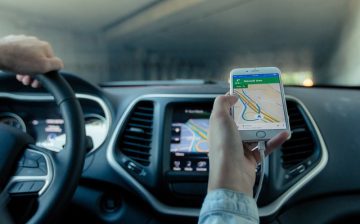Top 5 Rules That’ll Keep You Safe at Railroad Crossings
Railroad crossings can be hazardous if not approached and navigated with caution. Here are the top five rules to keep in mind for your safety at railroad crossings:
- Observe and obey warning signs and signals: Pay close attention to the warning signs and signals at railroad crossings. These can include crossbuck signs, flashing lights, gates, and audible warnings. Always obey the instructions provided and be prepared to stop if necessary.
- Look and listen for trains: Before crossing the tracks, take the time to look and listen for any approaching trains. Roll down your windows to listen for the sound of a train whistle or horn. Look both ways along the tracks to ensure there are no trains coming from either direction.
- Never try to beat a train: It’s crucial to never attempt to beat an oncoming train at a crossing. Trains can be deceptively fast, and their size and weight make it difficult for them to stop quickly. Even if you think you can make it across, it’s not worth the risk. Always wait for the train to pass completely before proceeding.
- Watch out for multiple tracks: Some railroad crossings have multiple tracks. Even if a train has passed on one track, always check for additional trains on other tracks before proceeding. Trains can run on multiple tracks in either direction, so ensure it is safe to cross all tracks before proceeding.
- Do not stop or park on the tracks: Never stop, park, or linger on the tracks, even if you believe there is no immediate train approaching. In the event of a mechanical failure or traffic congestion, move your vehicle off the tracks as quickly and safely as possible. Staying on the tracks can put you at risk if a train suddenly appears.
Remember, it’s important to be patient, alert, and prepared when approaching and crossing railroad tracks. Trains have the right of way, and your safety should always be the priority when encountering these crossings.










